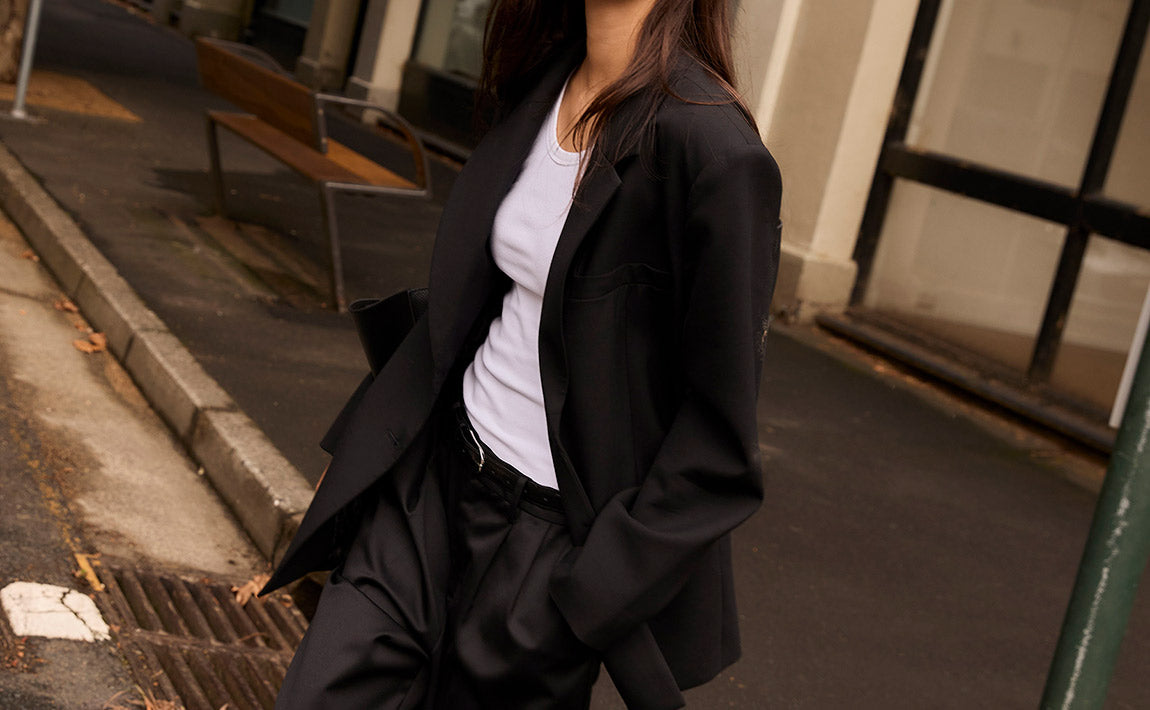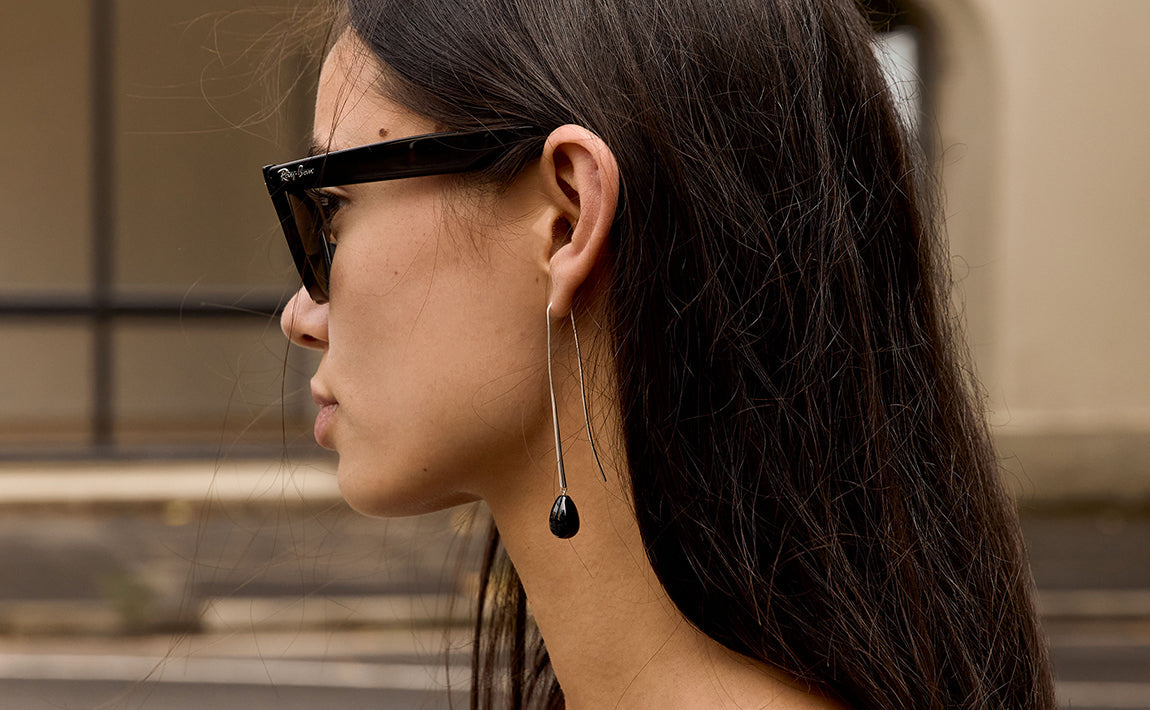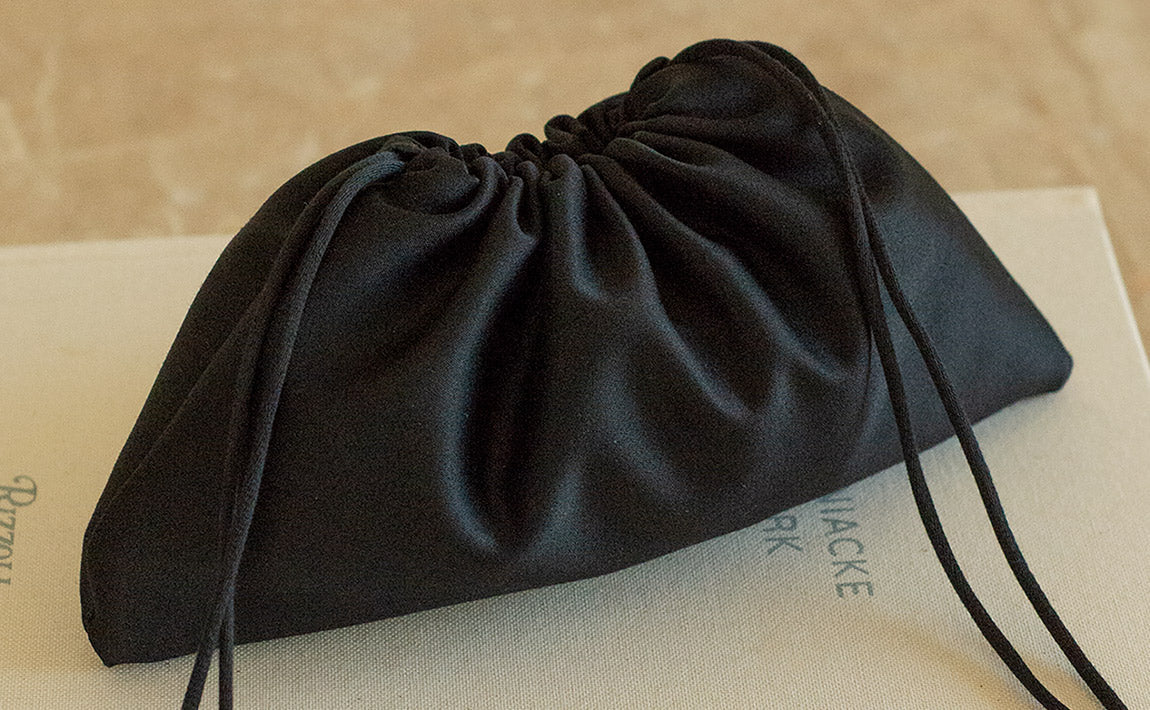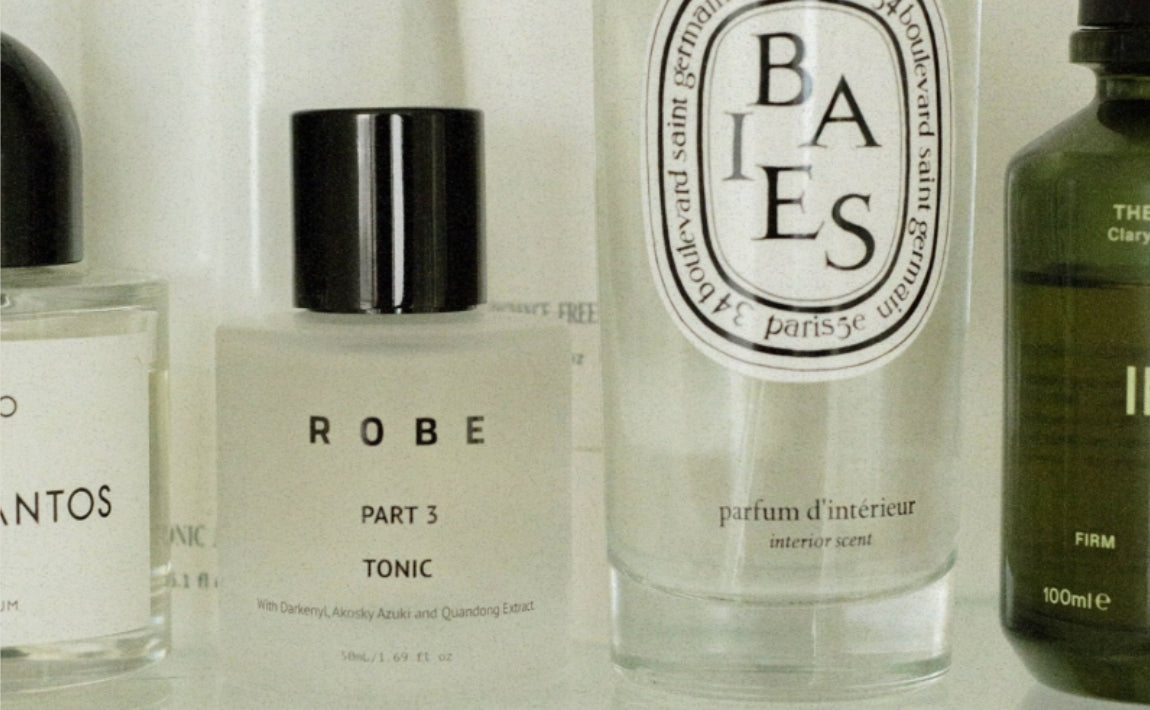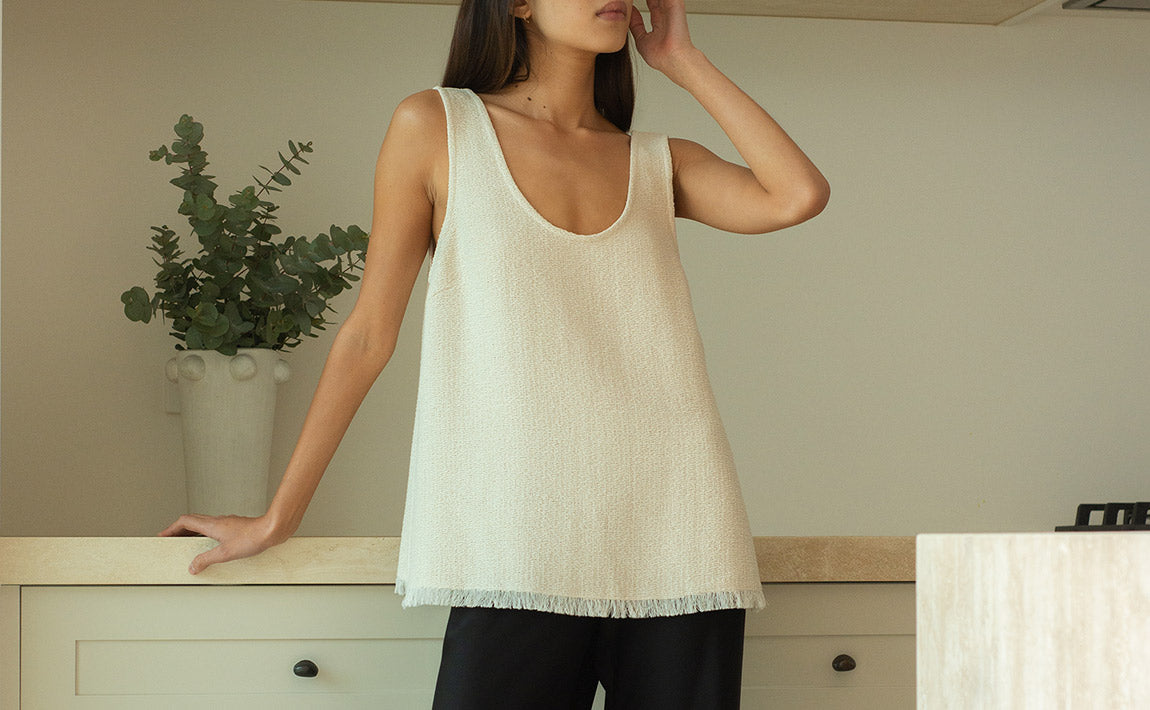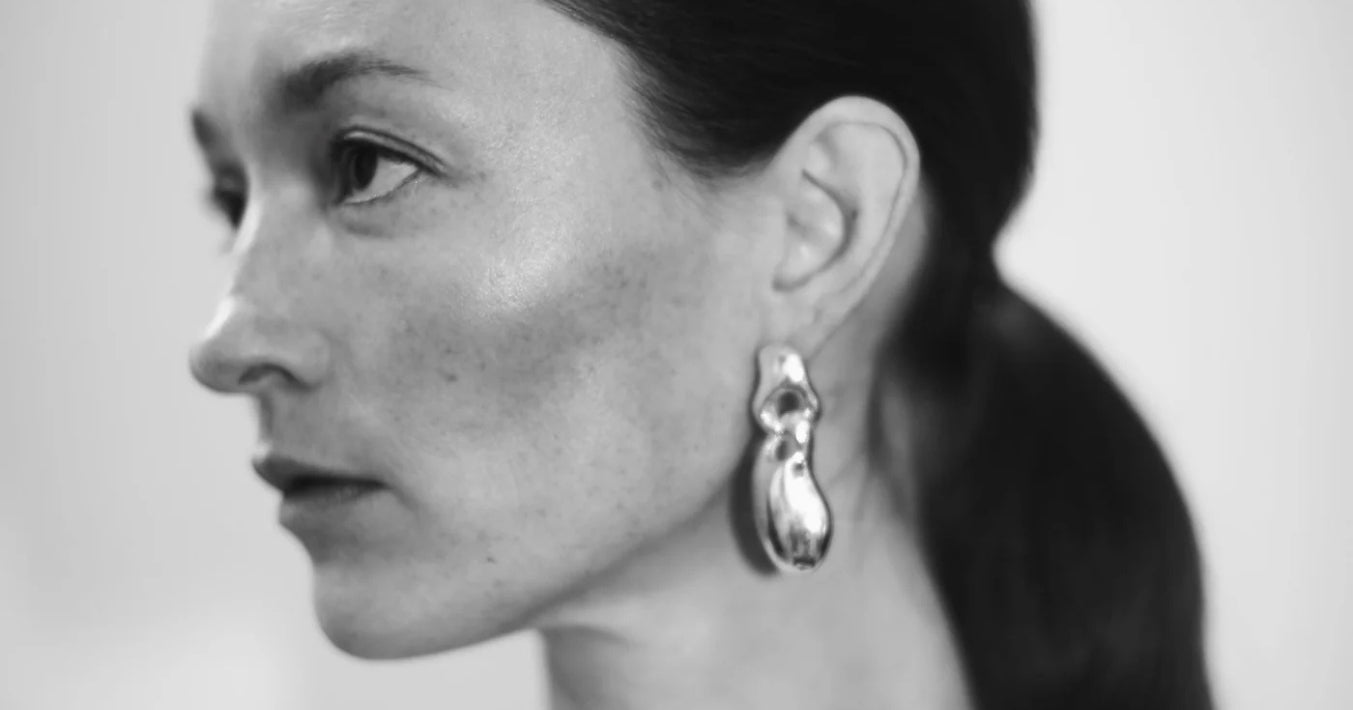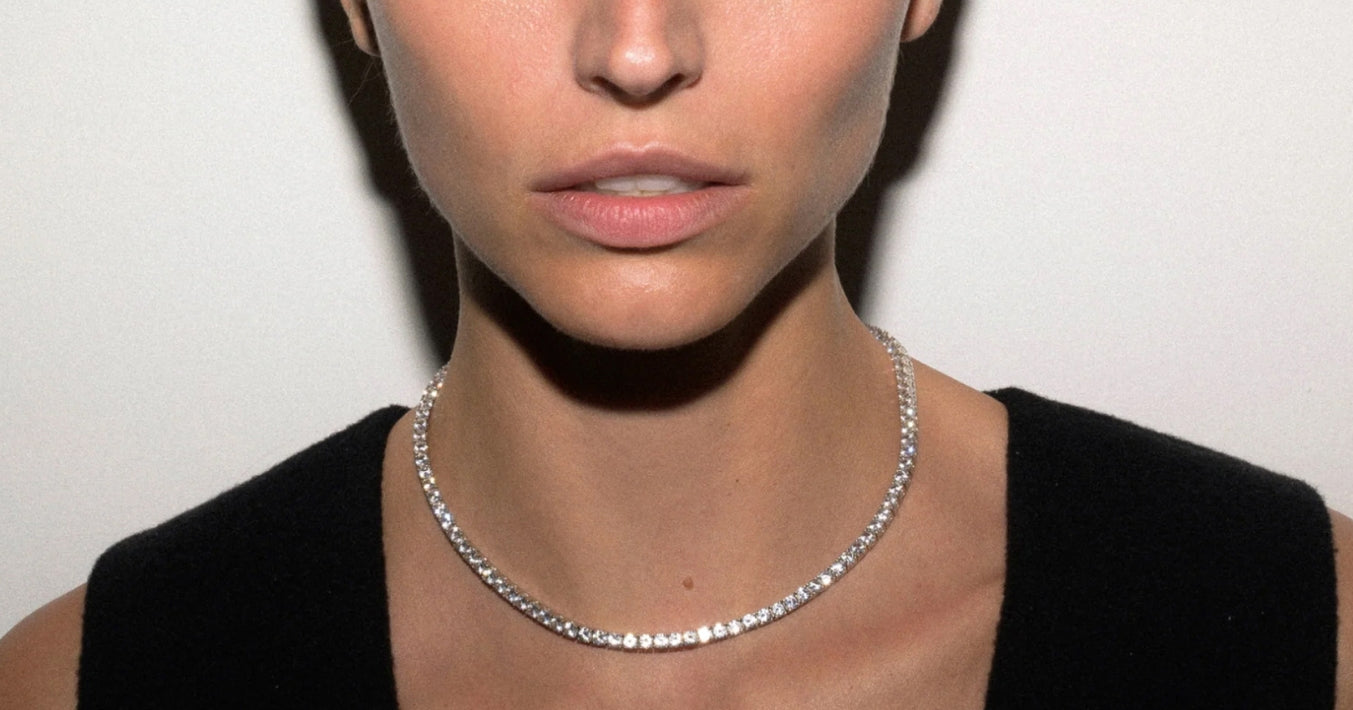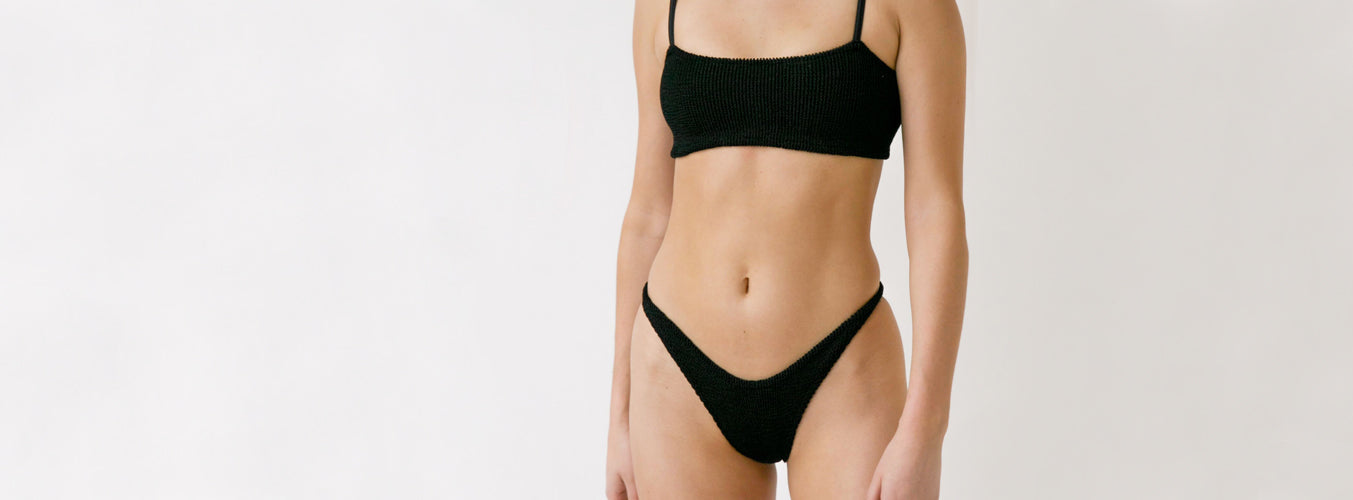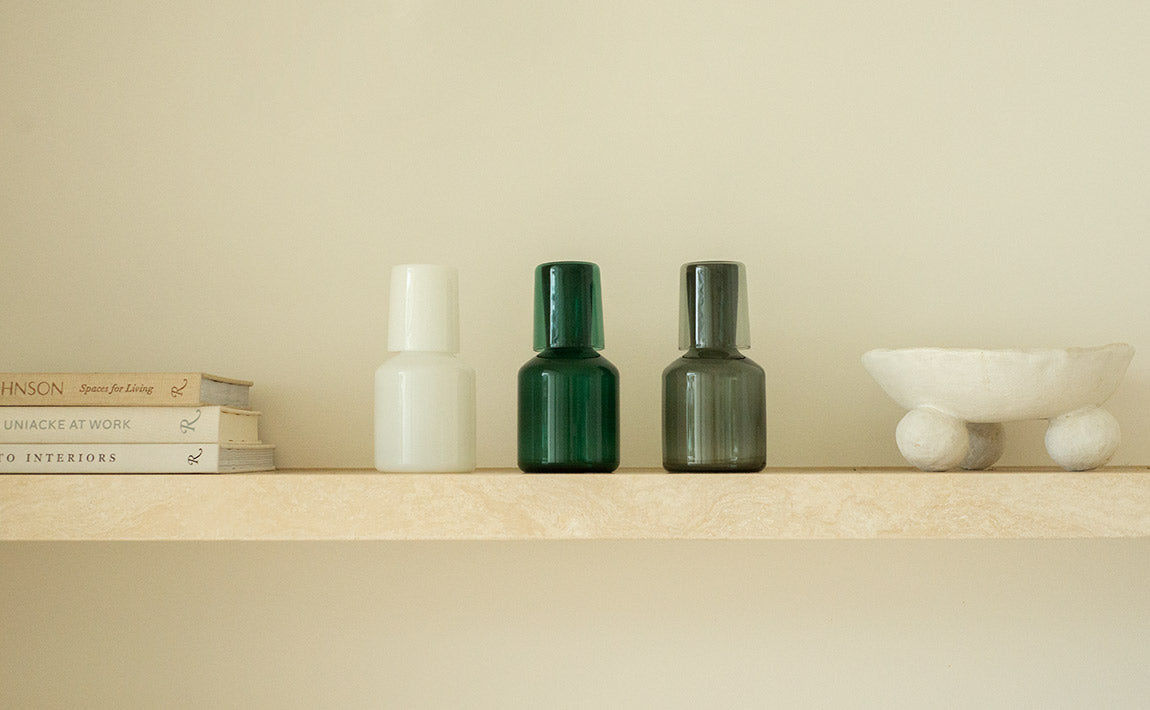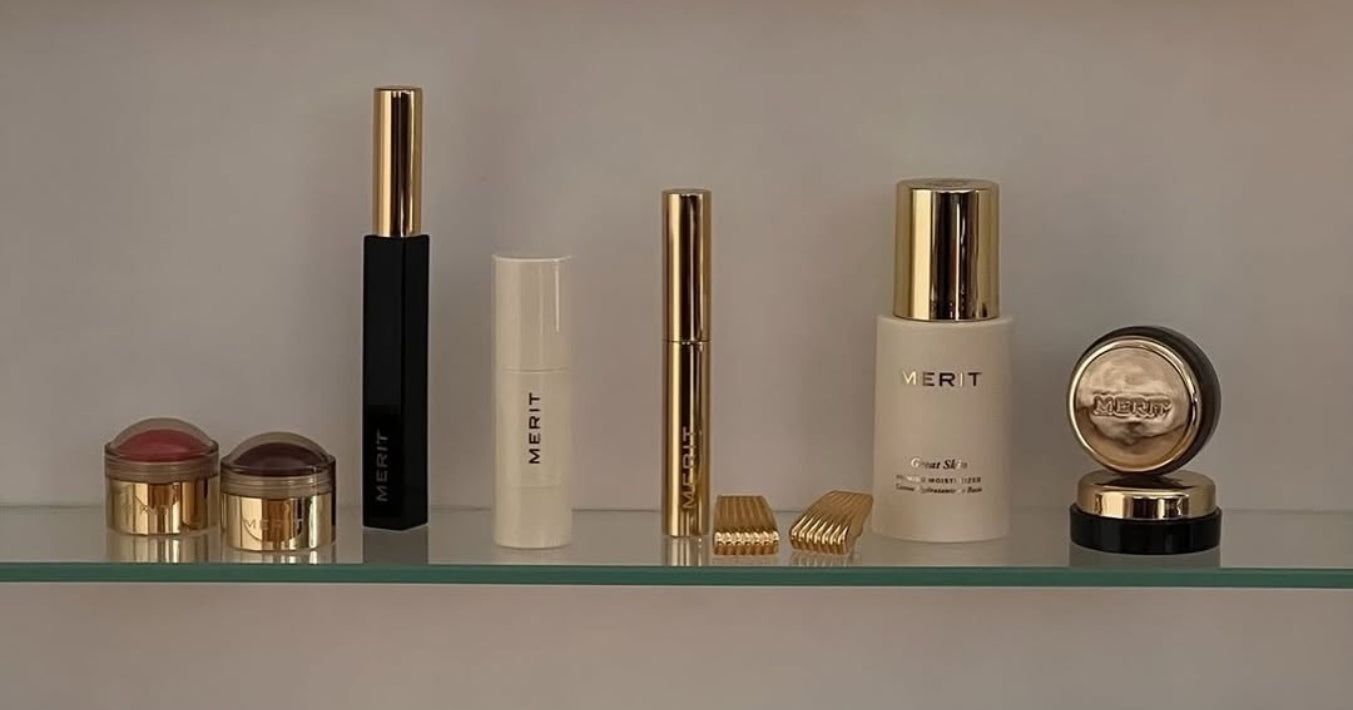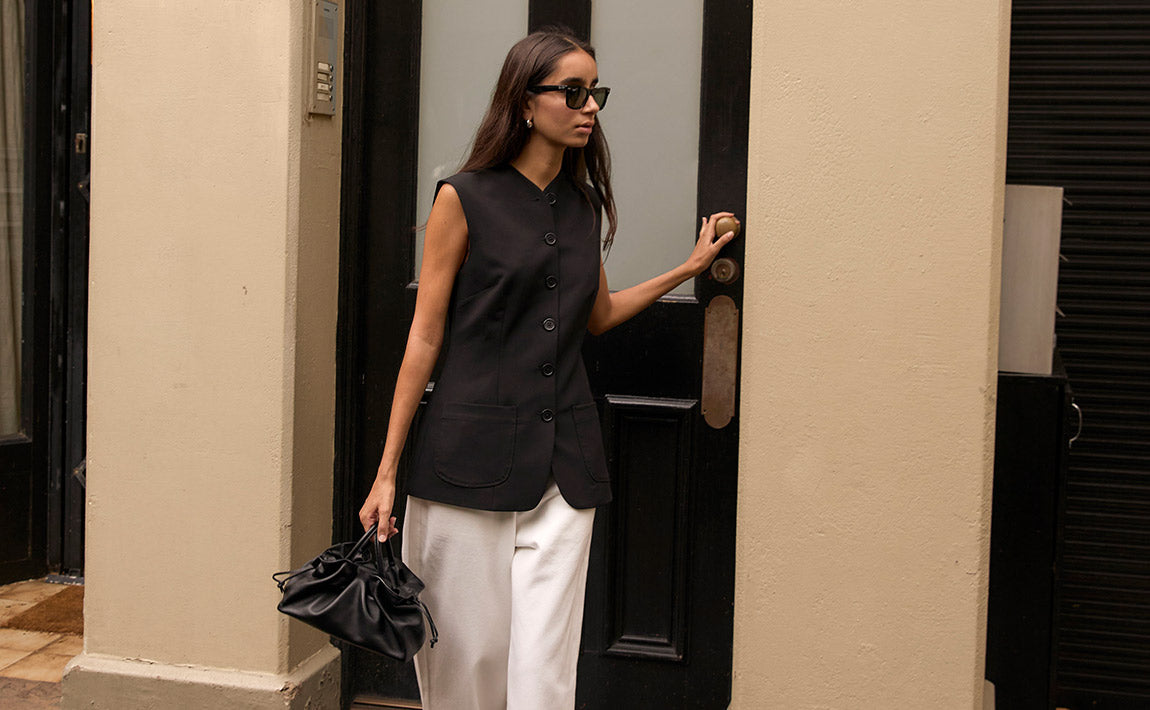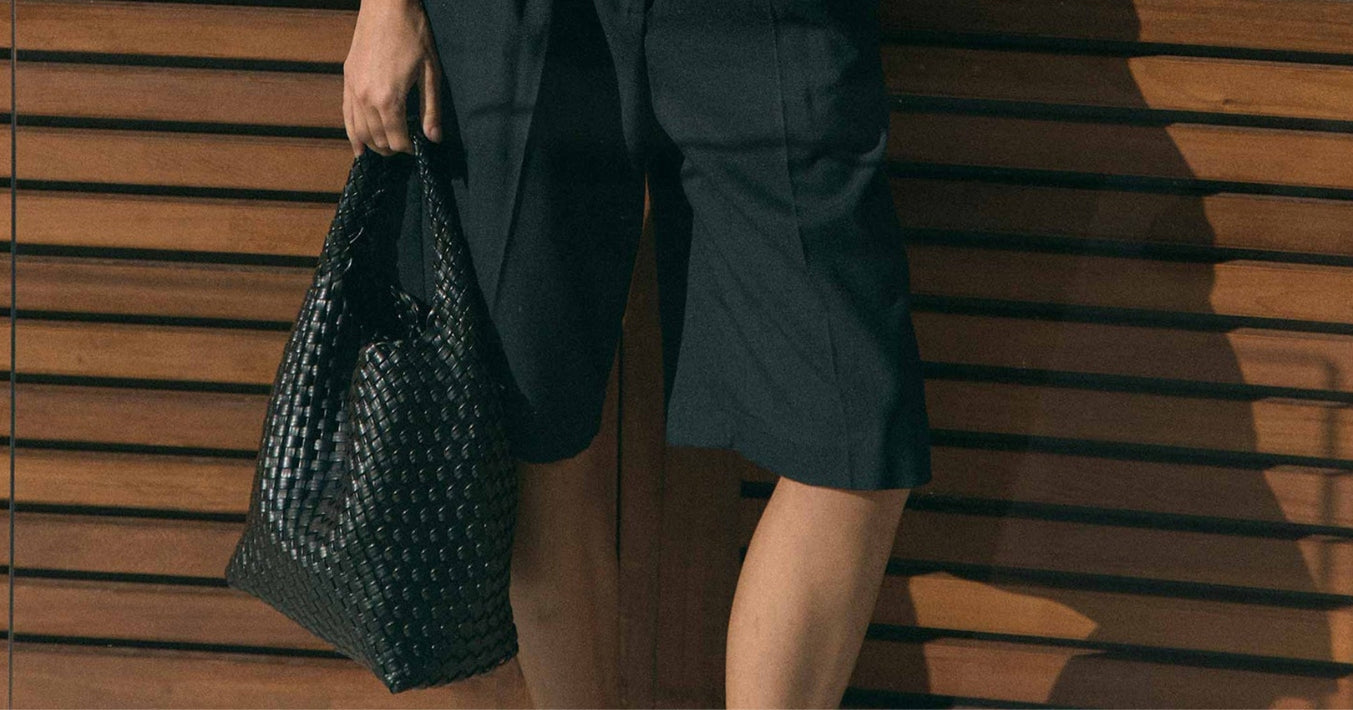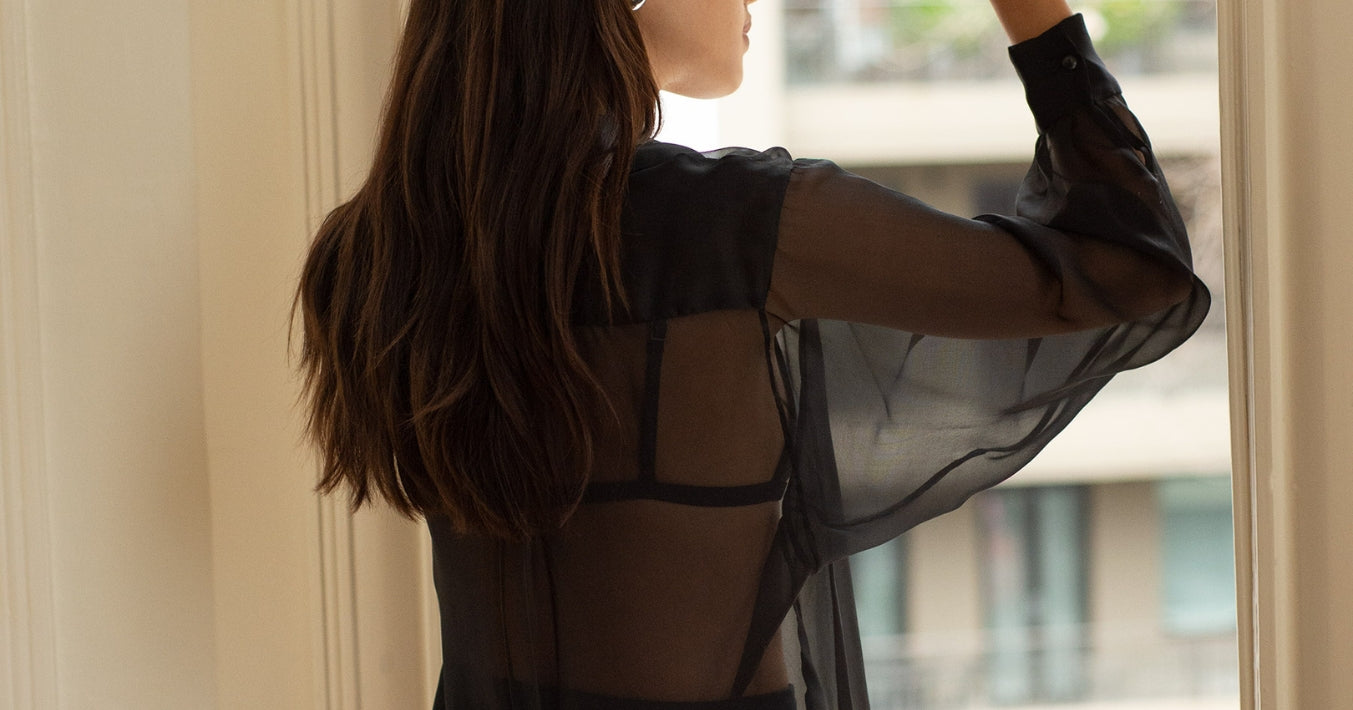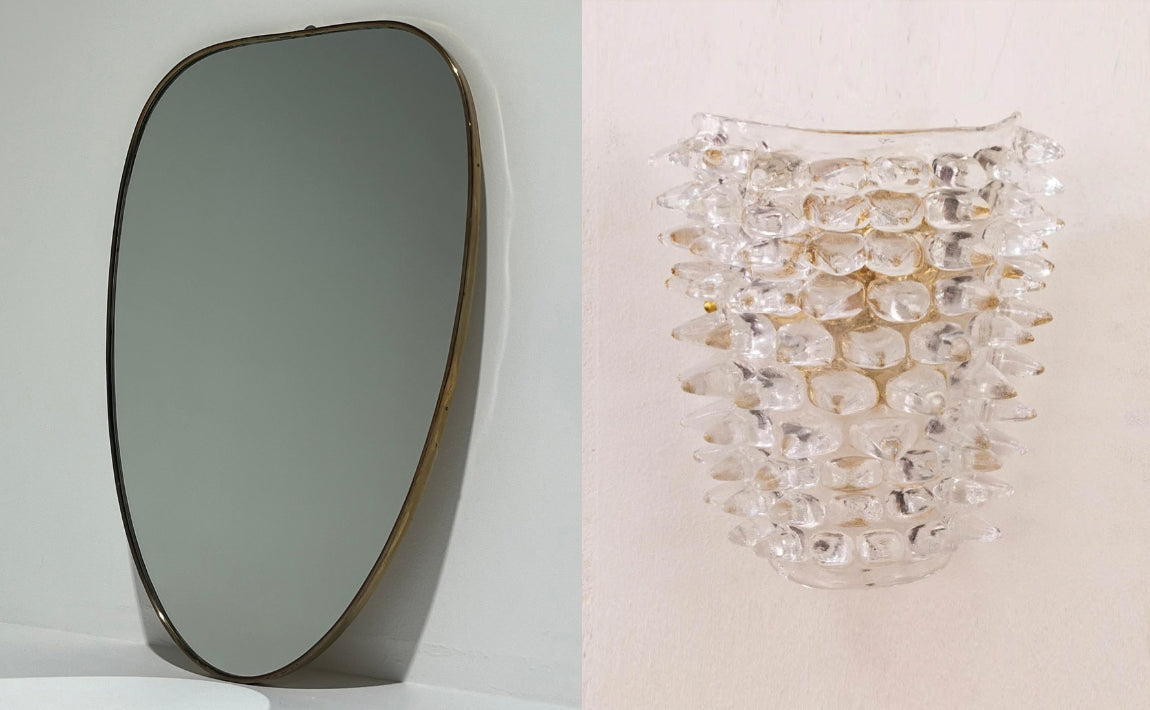When did fashion become a consumable good?
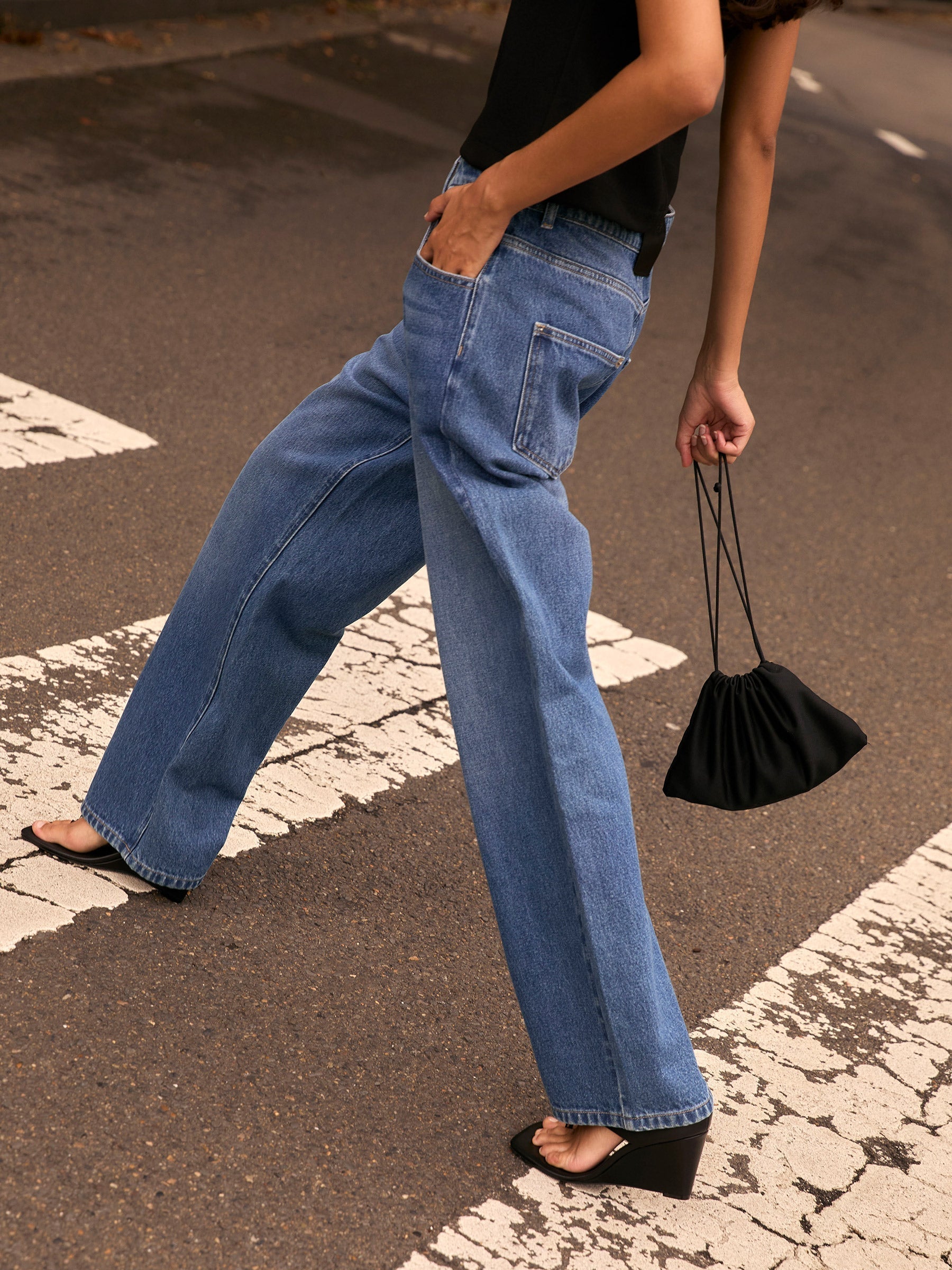
We don’t need anything new. Most of us could stop right now and not buy any new clothes for at least a year. But how many of us could actually do it? The addiction to acquiring newness is so ingrained in our culture, particularly in fashion, that it feels almost impossible to escape.
As I’m writing this article, fashion month is underway (yes, again), starting with New York, followed by London, Milan, and finishing in Paris, with designers, press, and sales agencies showing the Fall 2025 collections. Side note: seasons are named after the northern hemisphere—it gets very confusing for the Australian market, which operates on the reverse calendar. These collections will make their way into stores in the early months of the second half of the year. Simultaneously, the Spring 2025 collections are landing in stores and online now, collections that were bought six months ago. There will also be a handful of collections arriving between now and the aforementioned Fall 2025, but they will be considered “old season” by the time Fall arrives and Fall will be old when Resort rolls around again in October.
The hamster wheel is forever turning, and we all want to get off.
Fashion has been turned into a consumable goods category, something that is bought, used, and then replaced as normal behaviour. But it’s actually not consumable at all and was never designed to be—until it was.
Fast and ultra-fast fashion have changed the way we shop forever. The seasonal fashion timeline outlined earlier might seem fast, but the ultra-fast are turning months into days. The saying that today’s news is tomorrow’s chip paper is feeling relative to how we treat our clothes. There will always be new news and apparently, new clothes.
The hypocrisy is that fashion loves to look back. Nostalgia, the archives—fashion constantly references the past. If you hold onto something long enough, the cycle eventually loops back around. Sometimes it’s great; other times, it’s cringe-worthy.
Even with our classic and timeless approach to building a wardrobe—an approach meant to keep pieces in our wardrobes longer and be worn more often—there is constant messaging that even these pieces become dated. And they do. Trends are constantly moving around, changing our preference for how our classics are designed and worn. The easy example here is jeans, a non-arguable essential. Yet their movement from skinny to relaxed over the last decade makes them feel like two completely different items.
So how do we make our old clothes feel new again? And how do we hold onto them through the cycles of change?
The answer might lie in the same system that makes us want to buy new—using it to reframe and remarket our own wardrobe right back to ourselves. Selling us what we already own.
Rebrand and Reposition
We can’t design a new logo, but we can give our wardrobes a new name and direction. Replace the thought of your old clothes with more appreciative references like vintage, archive, collectible, rare, unique, time capsule, and gallery. Give your wardrobe a new direction and positioning. I would recommend learning the three-word method by Alison Bornstein and coming up with your style adjectives: polished, classic, relaxed, timeless, effortless, refined, 90s… It’s all in the storytelling.
Redesigning the Space
Brands know that interiors matter—a lot. Dissh, one of the greatest rebrands of all time, tells Vogue Business that their stores—which are typically filled with travertine, silver accents, and beige—are primarily for customer experience and brand positioning, not sales. Having a beautiful space to house your clothes changes the mindset significantly, as opposed to crowded clothes on a rack in a space that offers zero aspirational appeal.
How can you turn your wardrobe into a retail store you want to shop from? Tap into the skills of a visual merchandiser and make items easier to see, coordinate the coat hangers, add a fresh door knob to your wardrobe doors, or install a beautiful mirror. Make the space where you get dressed elevate the experience of getting dressed.
Nostalgia and References
Fashion loves to look back, and it also loves a mood board. Create an easily accessible reference of outfit images that utilize wardrobe essentials you already own. We have lots of these on our theUNDONE Pinterest. The beauty of the outfit reference is that you don’t need the exact item the person is wearing; it’s more about the concept and the combinations that spark the idea.
A Spring Clean
The thing about new clothes is that they feel and smell new. If your wardrobe is feeling old and stuffy, inject some literal fresh air into your space. Take everything out, wipe it clean, get rid of the dust, and launder your clothes.
An item you’ve been wanting to wear but that had a stain on it and has been waiting—very patiently—for you to take it to the dry cleaners is now like a brand-new item in your wardrobe.
FYI - If you need a little hand holding for how to clean and store your clothes we have a very handy free resource.
Fashion is not a consumable good and the system that constantly sells us newness, and with it, oldness, is broken. But we are smarter than it gives us credit. Our wardrobes are not old, or outdated, they are telling a story of who we are, where we want to go and how we want to appear in the world. With last season jeans, a future vintage collectible in the making.

